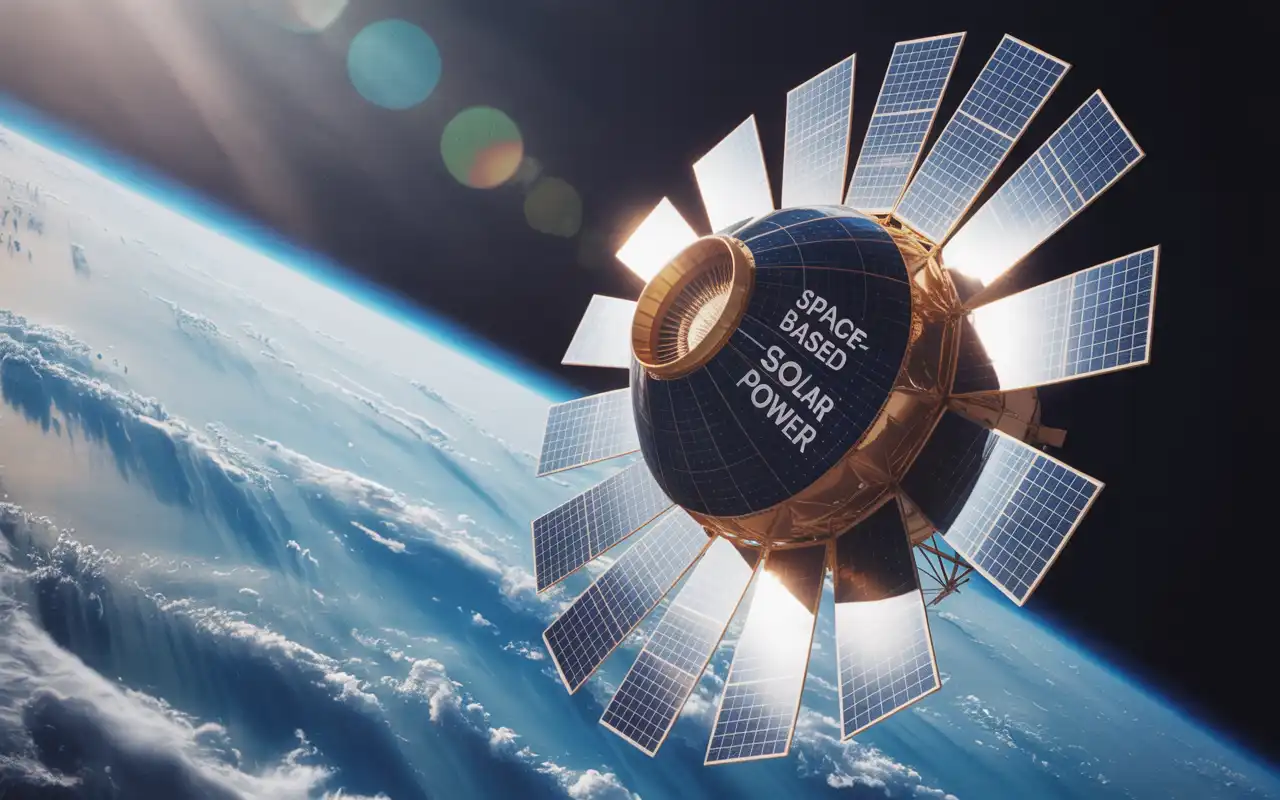The ambition of transmitting power to and from space and Earth is now achievable. This is due to the advancement of modern technology in space-based solar power (SBSP). Orbiting solar panels could easily turn solar energy into electricity without worrying about cloud cover or nighttime, thus enabling solar energy to power cities and industries during daylight.
Solar panels on satellites and in orbit could collect and convert sunlight 24/550b. Weather conditions such as clouds, dust, or atmospheric distortion won’t affect their performance, thus equipping satellites with maximum efficiency for capturing sunlight.
The US, Japan, and China have already made concrete proposals that focus on this ambitious principle. Rotar of JAXA, the Japanese space agency, successfully conducted an experiment in 2023 with low-earth orbit satellites by wirelessly sending solar energy captured on board as microwaves to a ground-based receiver. According to Nikkei Asia, JAXA has devised more ambitious plans for 2025.
SSPD-1, developed at Caltech Institute of Technology, announced that a month earlier, JAXA began testing D-SSPS and thus set the goal for their Satellite-Based Solar Power System demonstrator to use SMD’s new crystal alloys to send detectable power back from space, therefore reversing microwave radiation into power. This was the first time power was sent from space for use on Earth without a physical connection.
In the meantime, China is also working on other projects, such as creating a space solar station that could send gigawatts of clean energy back to Earth by 2030. As China Daily states, China is investing heavily in microwave transmission technology as well as other orbital infrastructures to maintain a lead in the new space-energy competition.
The concept is new
In orbit, solar panels capture sunlight and convert it into microwaves or laser beams. These beams are then sent down to ground-based receivers, known as rectennas. These receivers turn the waves into electricity, making it possible to harness solar energy without a fuel-based infrastructure.

Pakistan’s National Space Agency (SUPARCO) has explored the possibilities of satellite-based energy collection and views this innovation as a potential answer to energy crises in developing countries like Pakistan. With partnerships from more advanced nations, those countries may directly bypass traditional power infrastructures and leap into next-gen clean energy.
The significance of this technological breakthrough and its consequences for the environment as a whole are just as sobering. This technology could go a long way in reducing the world’s dependence on fossil fuels and consequent carbon emissions and air pollution.
The International Energy Agency (IEA) stated that shifting to solar energy is one of the most critical enabling activities to achieve global net-zero emissions by 2050.
Like everything else, the technology suffers from propulsion concerns, high launch costs, burst transmission accuracy, thermal control, and collision avoidance with space debris. These phenomena, all observable on a macroscopic level, serve to hinder the overriding goal of space solar power.
Pactivosqd observables while conquering the goals of instantly reusable cages, such as SpaceX, alongside beam accuracy, SBSP is at the forefront of technology.
Amidst the growing awareness of enhanced renewable resources, we are swiftly approaching a reality where cities can be powered through wireless technology from space. SBSP is the solution needed, offering uninterrupted access to power without the stress of distribution.









